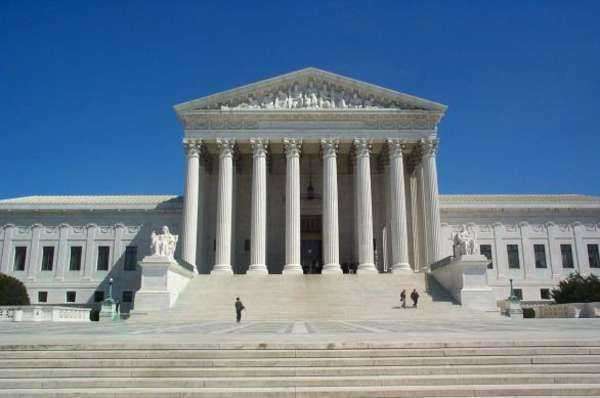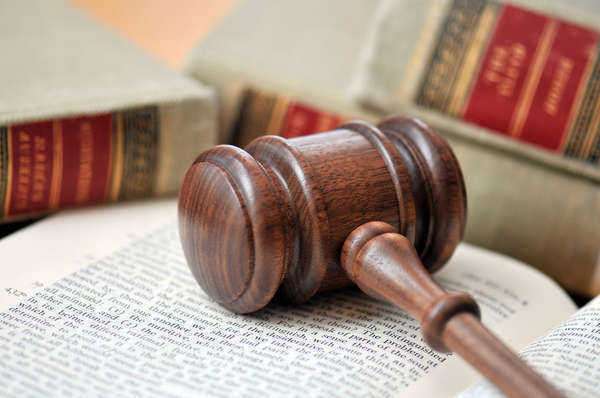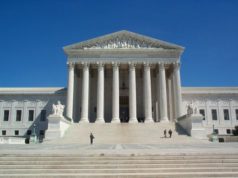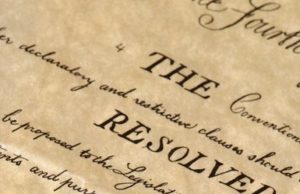
Introduction:
The Supreme Court of the United States, often referred to as SCOTUS, is the highest court in the United States federal judiciary. Its primary function is to interpret the United States Constitution and review the legality of laws passed by Congress, as well as the decisions of lower courts. The Court consists of nine justices, appointed by the President and confirmed by the Senate, who serve for life or until they retire.
Over the course of its history, the Supreme Court has made many landmark decisions that have had a significant impact on American politics and society. One topic that has been particularly at the forefront of the Court’s decisions is that of civil rights and equality. In this article, we will explore some of the most notable Supreme Court decisions related to civil rights and equality, and discuss their impact on the United States.
- Brown v. Board of Education (1954)
Perhaps the most well-known Supreme Court decision related to civil rights and equality is Brown v. Board of Education, which overturned the doctrine of “separate but equal” in public schools. In the case, a group of African American parents filed a lawsuit against the Topeka, Kansas, school board, alleging that their children were being denied equal educational opportunities due to racial segregation in public schools.
In a unanimous decision, the Supreme Court ruled that segregation in public schools was unconstitutional, declaring that “separate educational facilities are inherently unequal.” The Court argued that segregation had a detrimental effect on African American children’s psychological development and denied them the opportunity to prepare for future leadership roles in society. The Brown v. Board of Education decision was a monumental victory for the Civil Rights Movement and helped pave the way for the desegregation of other public spaces.
- Loving v. Virginia (1967)
Loving v. Virginia is another landmark Supreme Court decision related to civil rights and equality. This case involved a married couple, Mildred Jeter and Richard Loving, who were arrested and charged with violating Virginia’s anti-miscegenation statute, which prohibited interracial marriage. The Lovings challenged the law, arguing that it violated the Equal Protection Clause of the Fourteenth Amendment.
In a unanimous decision, the Supreme Court struck down Virginia’s anti-miscegenation law, ruling that laws prohibiting interracial marriage violated the Equal Protection and Due Process Clauses of the Fourteenth Amendment. The Loving v. Virginia decision was a crucial turning point for the Civil Rights Movement and helped dismantle institutionalized racism against interracial couples.
- Obergefell v. Hodges (2015)
Obergefell v. Hodges is a relatively recent Supreme Court decision related to civil rights and equality, which legalized same-sex marriage nationwide. The case involved a group of plaintiffs who challenged state bans on same-sex marriage, arguing that such bans violated the Due Process and Equal Protection Clauses of the Fourteenth Amendment.
In a 5-4 decision, the Supreme Court ruled that same-sex couples have the right to marry under the United States Constitution, stating that “couples of the same sex may not be deprived of that right and that liberty is meaningless unless it includes the freedom to marry.” The Obergefell v. Hodges decision was a watershed moment for the LGBTQ+ community and marked a significant step forward in the fight for equal rights.
- Roe v. Wade (1973)
Roe v. Wade is a Supreme Court decision related to civil rights and equality, which established a woman’s constitutional right to choose to have an abortion without restrictive interference from the government. The case involved a Texas woman, known as Jane Roe, who sought to have an abortion but was denied by the state’s restrictive abortion laws.
In a 7-2 decision, the Supreme Court ruled that a woman’s right to choose to have an abortion was protected by the Due Process Clause of the Fourteenth Amendment, which protects an individual’s right to privacy. The Roe v. Wade decision has been a highly contentious issue ever since, with opponents arguing that it undermines the sanctity of life and supporters maintaining that it upholds a woman’s right to bodily autonomy.
- Griswold v. Connecticut (1965)
Griswold v. Connecticut is a Supreme Court decision related to civil rights and equality, which established the right to privacy in the context of a marriage and invalidated Connecticut’s statute criminalizing the use of contraceptives. The case involved a Connecticut birth control clinic director, Estelle Griswold, who was charged with violating the state’s anti-contraception laws.
In a 7-2 decision, the Supreme Court ruled that the Constitution protected the right of married couples to use contraception in the privacy of their own home, stating that “the Constitution does not explicitly mention any right of privacy. In a line of decisions, however, going back perhaps as far as Union Pacific R. Co. v. Botsford, 141 U.S. 250, 251 (1891), the Court has recognized that a right of personal privacy, or a guarantee of certain areas or zones of privacy, does exist under the Constitution.” The Griswold v. Connecticut decision was a significant victory for reproductive rights and helped pave the way for other reproductive health decisions, such as Roe v. Wade.
Conclusion:
The Supreme Court has played a crucial role in shaping American society and ensuring that the Constitution is upheld. Its decisions related to civil rights and equality have had a significant impact on the United States, helping to dismantle institutionalized racism, promote LGBTQ+ rights, and uphold reproductive rights. As the Supreme Court continues to play a critical role in interpreting the law, it is essential to recognize the significance of its past decisions and the role these decisions play in shaping the future of our country.
The highest court is known as the Supreme Court, which was established in 1789. John Rutledge, William Cushing, James Wilson, and John Blair were amongst the first justices of the Supreme Court.
While there are individual Supreme Courts within states such as Maryland, Delaware, Massachusetts, Maine, West Virginia, and New York, the Supreme Court of The United States of America is considered to be the highest officiating body within the United States, which makes up the Judiciary branch of the three branches of government, in addition to the Legislative and Executive Branches.
Currently, there are 9 Supreme Court Justices: one Chief Justice and eight associate justices. Currently, under President Barack Obama, the following individuals make up the Supreme Court of the United States of America:
1. John G. Roberts (Chief Justice)
2. Elena Kagan (Associate Justice)
3. Ruth Bader Ginsburg (Associate Justice)
4. Clarence Thomas (Associate Justice)
5. Anthony Kennedy (Associate Justice)
6. Stephen Bryer (Associate Justice)
7. Antonin Scalia (Associate Justice)
8. Sonia Sotomayor (Associate Justice)
9. Samuel Alito (Associate Justice)
Court laws have more information about the Supreme Court.





























